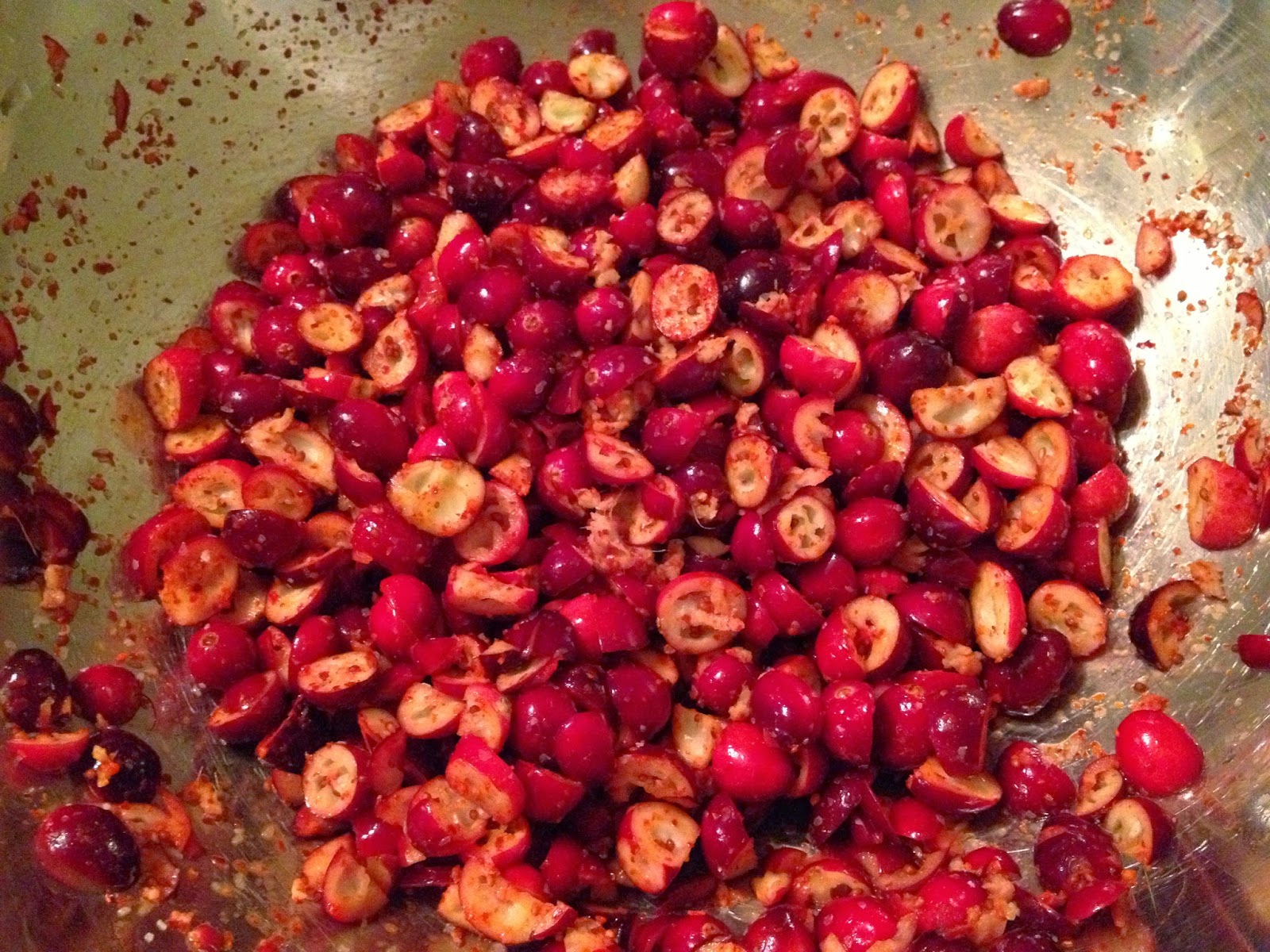Homemade koji has been on my list for a while. It was serendipitous when
@geofflukas asked me to figure out the process for his fermentation focused brunch.
What is koji? It's the Japanese term for the mold Aspergillus oryzae. Scratching the surface, koji is used to ferment soy beans for soy sauce and miso. It also has the power to convert rice carbohydrates to sugars for sake. I encourage you to research and discover all the delicious products that are based on koji. You'll be amazed.
.JPG) |
| Popcorn Koji, Not a Blurry Pic |
Searching for DIY options, I discovered
@fermup's incubator to make koji and tempeh. I got in contact with
@brandenbyers who generously provided everything I needed to make A. oryzae flourish. His help was key to my success.
The incubator only consists of four components: large cooler, aquarium heater, aquarium bubbler and 2" hotel pan (standard stainless steel tray that restaurants use). It is dead simple to put together and requires no customization. Then all you have to do is fill it with water, turn it on, set your hotel pan filled with grain/legume mixed with koji starter on the top, cover and wait.
.JPG) |
| Incubator Rig in Action |
The incubator performs extremely well based on two important factors. The cooler's insulated environment allows for the temperature and high humidity to be easily maintained. The water bath at the bottom of the cooler provides heat capacity to keep the temperature rock solid as well as a reservoir for the humidity.
.JPG) |
| Thai Jasmine Rice with Koji Starter |
Aside from tight controls on the environment, maximizing surface area is paramount for mold development. Prior to inoculation, the grains are "under cooked" so they remain separate and don't stick together. Long grain Thai Jasmine rice fit the bill.
.JPG) |
| Thai Jasmine Rice Koji |
When the koji is done, you'll see a layer of white, fuzzy mold on top of the rice as seen in the clumps in the picture above. In my excitement, I didn't snap a shot until after I started breaking it up. The finished Jasmine koji smells and tastes amazing. Sweet and delicate. It was an excellent rice choice for the first run due to its high amylose content. Perfect for horchata.
.JPG) |
| Wetted Down Popcorn with Koji Starter |
I went through my pantry to find a grain that maximized surface area for the koji to eat. Popcorn kernels were at eye level staring me down. Tons of accessible starch and maintains a great deal of separation, a perfect medium. The only minor issue was moisture content which was easily solved by adding a touch of water to wilt the popcorn.
.JPG) |
| Fuzzy Popcorn Koji |
The koji thrived on the popcorn! The result was koji forward and not nearly as sweet as the Jasmine. Now I have to figure out what to do with it aside from eating it straight up.
On the next run, I decided upon steel cut oats because I was looking for a new breakfast flavor.
 |
| Steel Cut Oats with Koji Starter |
After an overnight soak, the oats were ready for the koji without additional cooking. I did a quick 10 minute run in the steamer to make sure I killed off any unwanted beasties prior to mixing in the starter. The oats had a tendency to clump and stick. I did my best throughout the process to keep it fluffed up to make it koji friendly.
.JPG) |
| Steel Cut Oat Koji |
The oats came out much better than I expected. The koji both fermented and sweetened probably due to the clumps creating a varied environment. A perfect breakfast cereal base.
Now go forth and kojify your favorite grains and legumes. Thanks to Branden and
@fermup for developing a foolproof process. He was kind enough to put together a blog post that provides detailed instructions from start to finish. It also has a link to the incubator build.
http://fermup.com/blog/how-to-fall-in-love-with-koji/
Please share your koji adventures with us to keep the ideas bouncing.

















.JPG)
.JPG)
.JPG)
.JPG)
.JPG)
.JPG)

.JPG)
.JPG)
.JPG)
.JPG)
.JPG)
.JPG)
.JPG)

.JPG)

.JPG)
.JPG)
.JPG)




.JPG)
.JPG)
.JPG)

.JPG)
.JPG)
.JPG)
.JPG)
